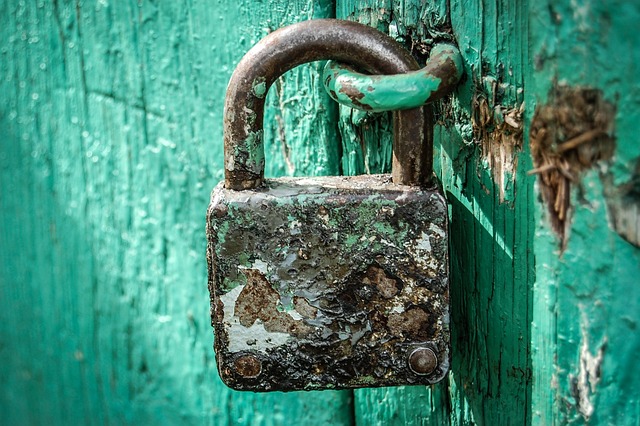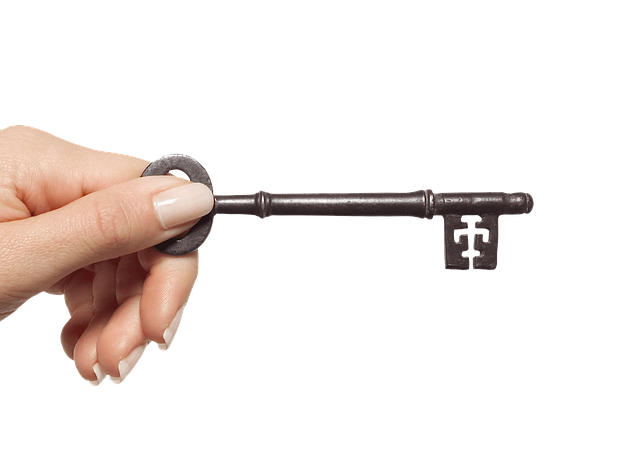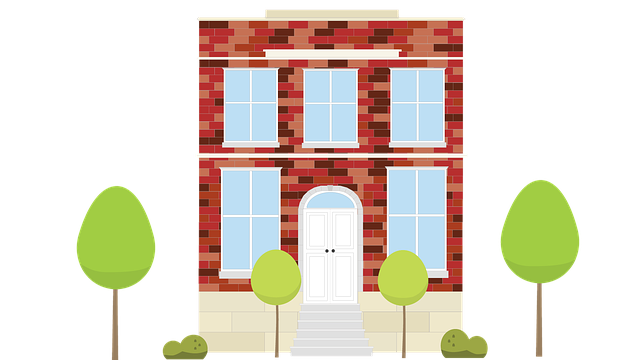Senior citizens face unique challenges in maintaining home security due to age-related issues. Traditional systems often fail to meet their needs, prompting a focus on developing senior-friendly solutions. This includes integrating medical alert systems with wireless, easy-to-use security features such as video doorbells and motion-activated lights. By leveraging these advanced technologies, seniors can enhance safety, independence, and peace of mind while living in their homes comfortably and securely. Implementation strategies emphasize selecting intuitive controls, two-way audio doorbells, and automated motion sensors for comprehensive and discrete protection tailored to the elderly.
In today’s world, ensuring the safety and well-being of senior citizens at home is paramount. Integrating medical alert systems with home security offers a comprehensive solution for an aging population facing unique challenges. This article explores how combining these technologies creates a robust and user-friendly environment for seniors. We delve into understanding their specific needs, the advantages of medical alert integration, essential components of senior-friendly security systems, and effective strategies for implementing wireless security solutions, including video doorbells and motion-activated lights.
- Understanding the Unique Needs of Senior Citizens in Home Security
- The Role of Medical Alert Integration in Enhancing Safety
- Key Components of a Senior-Friendly Security System
- Benefits and Implementation Strategies for Wireless Security Solutions
Understanding the Unique Needs of Senior Citizens in Home Security

Senior citizens have unique needs when it comes to home security. As they age, daily tasks can become more challenging, and their safety becomes a top priority. Traditional home security systems may not always cater to these specific requirements, leaving them vulnerable to falls, medical emergencies, or simple difficulties navigating complex technology. Therefore, there’s a growing emphasis on developing senior-friendly security solutions that are easy to use and highly responsive.
Implementing medical alert integration in these security systems is a game-changer. Wireless security for elderly individuals can include features like motion-activated lights designed to assist them during nighttime activities and video doorbells that allow them to see visitors from the comfort of their beds. Moreover, integrating medical alert systems with these security measures ensures that help can be summoned promptly in case of an accident or health crisis. This holistic approach to home security for seniors not only makes their living spaces safer but also promotes peace of mind.
The Role of Medical Alert Integration in Enhancing Safety

Integrating medical alert systems with home security is a game-changer for ensuring the safety and well-being of seniors. In today’s digital era, senior-friendly security systems that incorporate easy-to-use home security features can provide peace of mind. These innovative solutions go beyond traditional locks and alarms, integrating advanced technologies like wireless security for elderly care, video doorbells for seniors, and motion-activated lights for the elderly.
By seamlessly blending medical alert functionality with robust home security, these systems enable immediate assistance during emergencies. For instance, a motion-activated light can detect unusual activity, triggering an alert that connects directly to emergency services or loved ones. Additionally, video doorbells allow seniors to see and communicate with visitors remotely, enhancing their independence while ensuring their safety. Such integrations ensure that any potential hazards or unexpected situations are promptly addressed, making home security for seniors more comprehensive and effective.
Key Components of a Senior-Friendly Security System

When designing a home security system tailored for seniors, ease of use and accessibility are paramount. A senior-friendly security system should incorporate simple, intuitive interfaces that require minimal technical knowledge to operate. This often includes large, clearly labeled buttons and screens, with straightforward instructions or voice prompts. Wireless technology, such as Bluetooth or Wi-Fi, ensures easy installation without the clutter of wires, making it more appealing for those with mobility issues.
Incorporating medical alert features like emergency call buttons and video doorbells enhances safety further. Motion-activated lights can also be a valuable addition, providing better visibility during nighttime activities and deterring potential intruders. These components collectively create an environment that not only safeguards seniors but also offers them peace of mind, allowing them to live independently with added confidence.
Benefits and Implementation Strategies for Wireless Security Solutions

Integrating medical alert systems with home security offers a powerful solution tailored to the needs of seniors, enhancing their safety and independence. One of the key benefits is the ability to provide immediate assistance in case of emergencies. Wireless security solutions, often featuring easy-to-use interfaces and automated triggers, can detect falls or unusual activity through motion sensors and connect directly to emergency services or designated contacts. This real-time response is invaluable for seniors living alone.
Implementation strategies include selecting senior-friendly security systems with intuitive controls and clear visual cues. Video doorbells with two-way audio allow seniors to communicate with visitors remotely, while motion-activated lights can deter intruders and assist in navigating dark areas safely. Customizing these systems to individual preferences and integrating them with medical alert devices ensures a comprehensive and discrete home security network for the elderly, fostering peace of mind and an enhanced quality of life.
Integrating medical alert systems with home security offers a comprehensive solution for the unique needs of senior citizens. By combining these technologies, we can create senior-friendly security systems that not only protect but also provide peace of mind. Wireless security solutions, featuring easy-to-use interfaces and tools like video doorbells and motion-activated lights, ensure elderly individuals are safe and independent in their homes. Adopting these innovative approaches to home security for seniors can significantly enhance their quality of life and responsiveness in emergencies.
